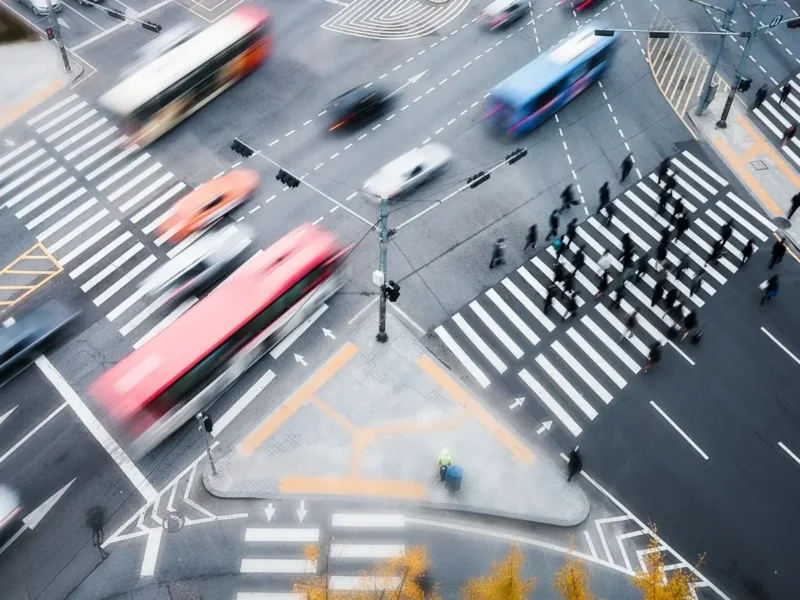Noise pollution in urban landscapes challenges the wellbeing of populations.
Research has drawn links between long-term exposure and variety of health effects, such as poor-quality sleep, damage to our cardiovascular and metabolic systems, and potentially even cognitive impairment in children, according to a report by the European Environment Agency (EEA). The EEA estimates that environmental noise contributes to 48,000 new cases of ischaemic heart disease a year as well as 12,000 premature deaths in Europe alone. They also estimate that 22 million people suffer chronic high annoyance from noise pollution.
From traffic congestion to construction activities, the sources are diverse in nature. However, the advent of smart city technologies, particularly Internet of Things (IoT) solutions, presents an innovative approach to monitor and address noise pollution. In this blog, we’ll explore how smart cities are leveraging IoT technology to target and solve noise pollution, fostering quieter and more liveable urban environments.
IoT tech and addressing noise pollution
Smart cities are deploying advanced sensors and IoT devices to monitor noise levels in real-time across various locations. For example, bettair have deployed advanced sensors in Barcelona. These sensors can be strategically placed throughout the city to continuously collect data on ambient noise. The information collected is then processed, providing city officials with a better understanding of noise patterns for decision-making, and identifying hotspots that require attention.
The data collected through IoT-enabled noise monitoring is not just about identifying noise levels; the data collected is so we can derive meaningful insights. Data analytics tools can process the information to identify trends, peak hours of noise pollution, and specific sources contributing to elevated noise levels. This enables city planners and policymakers to make informed decisions on implementing targeted interventions.
IoT and public awareness
IoT technology can be harnessed to increase public awareness and engage the community in noise reduction using real-time noise data. Citizens can access information about noise levels in their neighbourhoods through mobile apps or public displays, fostering a sense of collective responsibility and encouraging behavioural changes.
Urban design
Noise-responsive urban design can also be facilitated by IoT technology. By analysing IoT-generated noise data, city planners can make informed decisions about urban design and zoning. This includes creating sound barriers, green spaces, and pedestrian-friendly zones. Integrating noise considerations into urban planning fosters a more harmonious coexistence between the urban environment and its residents.
IoT Innovators
Smart cities are collaborating with IoT and technology innovators, such as bettair to enhance noise monitoring capabilities. In future this can include the development of advanced sensors, machine learning algorithms, and predictive analytics to anticipate and address potential noise pollution issues before they escalate.
Moving towards more liveable and sustainable urban spaces, monitoring noise in real-time, employing data analytics for informed decision-making, these cities are enhancing the overall quality of life for their residents.
In the future, the sounds of silence may become a defining feature of urban landscapes.










